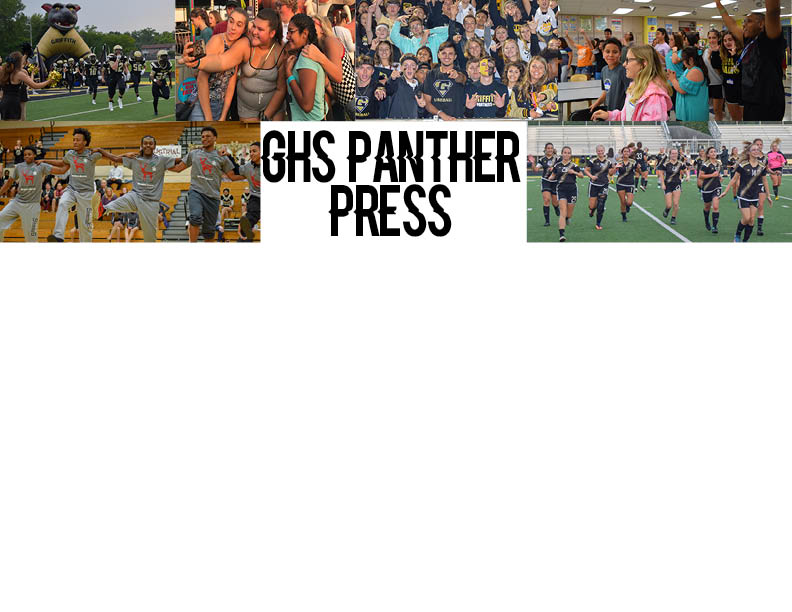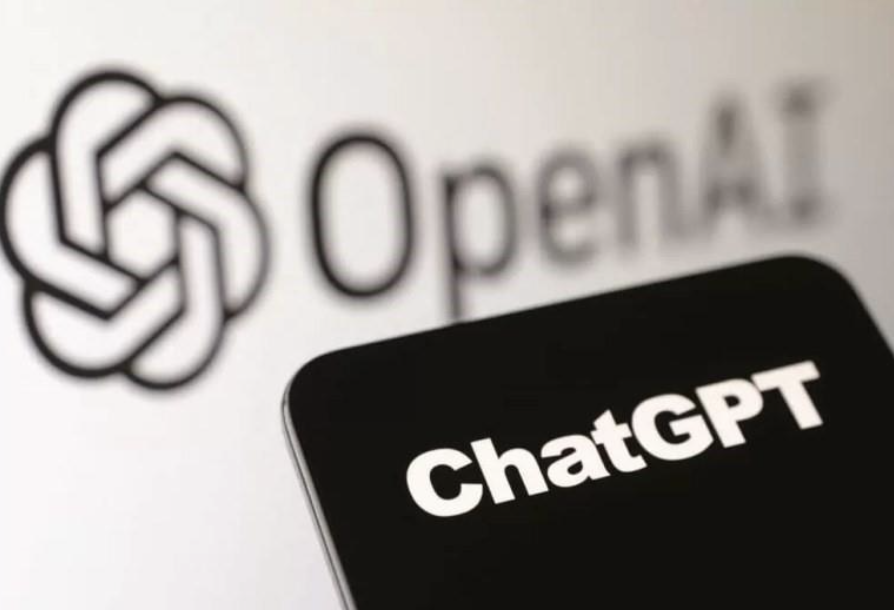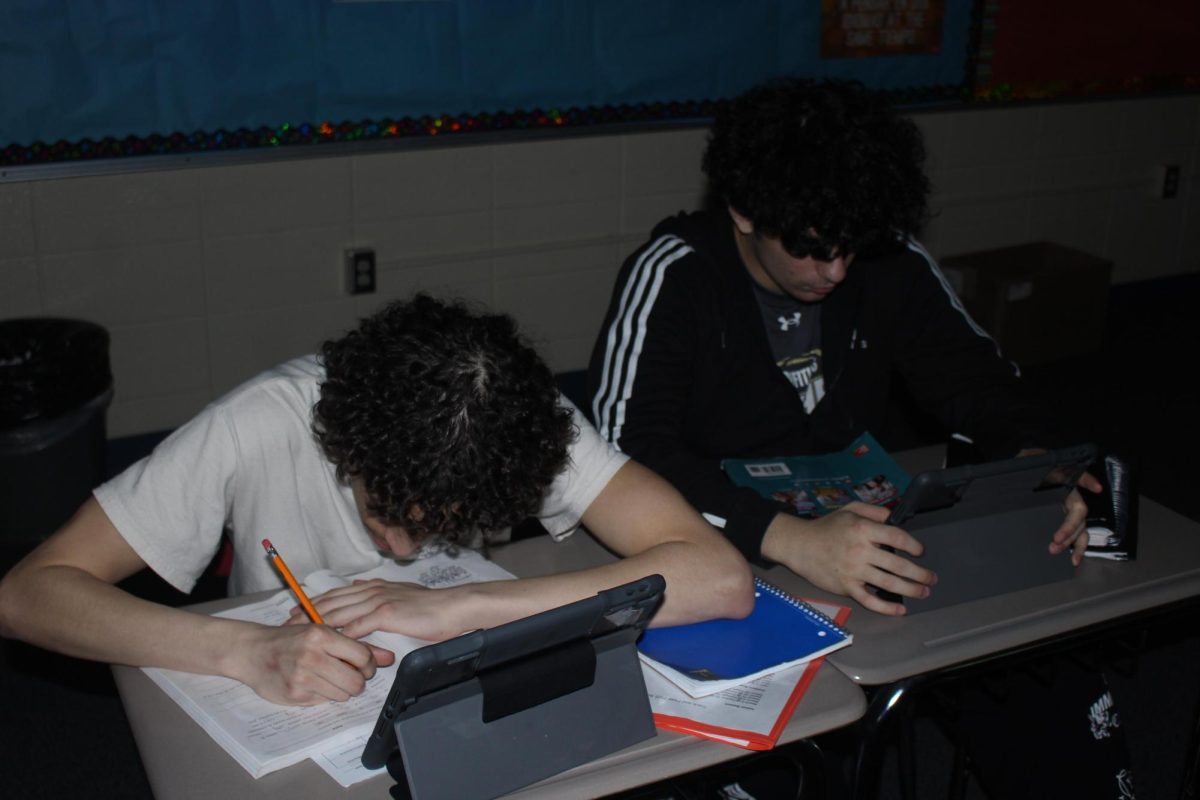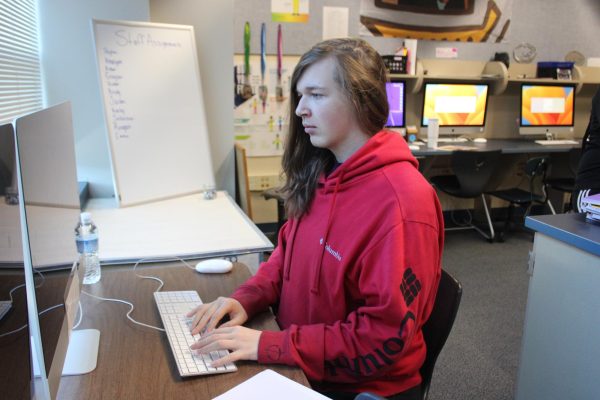AI has become a phenomenon in recent months, with developments like AI art and large language models like ChatGPT taking the world by storm, but not necessarily in a positive way. AI data centers use astronomical amounts of water every day for their cooling systems and to maintain the data centers. Forbes estimates that AI’s water usage will reach 6.6 billion gallons by 2027, which is double the amount that people use on average yearly.
The negatives are not without their positives, however, as AI, like ChatGPT, has helped the workplace become more efficient and run much more smoothly. Places like Google have integrated AI into their core search engines, providing an AI-generated overview of what is being searched for. However, the overview isn’t always the most accurate. According to NPR, AI often feeds on itself and takes data from other AIs, which allows the information to become misconstrued over time, much like a digital game of telephone.
Another area in which generative AI has made a significant impact is art, with it becoming available just by the click of a button. Despite the fact that AI art often comes with several major problems, such as distorted hands and strange, soulless eyes, the way the art is created is not as straightforward as it sounds. According to the Interaction Design Foundation, an AI software development firm, AI creates art by drawing inspiration from small, independent artists and consuming millions of pieces of art every second, often without the artists’ consent. The art is taken and processed by the AI into its data and attempts to replicate any given prompt with a startling amount of progress. Many companies are starting to consider replacing real art with AI-generated art, which could put a significant number of people out of work.
The benefits of AI art are that it’s fast, efficient, and extremely cheap. People who are too busy to practice art or financially unable to pay for commissions to have any art they desire often find themselves at a disadvantage. Websites and individuals creating AI art barely have to pay anything to access infinite art right at their fingertips.
Two years ago, a trend emerged of using AI deepfakes and voice-matching software to create a video of the three presidents, Barack Obama, Donald Trump, and Joe Biden, playing video games together and presenting them as a friend group. These videos spread all over TikTok, X (formerly Twitter) and YouTube. Now, it could be seen as slightly interesting. However, when you think of the implications, this can be jarring. Over time, the impressions only got better. Furthermore, the quality of impressions only needed a small amount of time listening to your voice to replicate it, allowing people to say whatever they want with your voice, with or without your consent, as companies, data centers or even those who use AI to make art in the first place, to feed your art to the AI without the artist’s knowledge.
One key silver lining of generative AI is that AI artwork, or voice replicants, can’t be copyrighted by companies. That is because of the 2018 Naruto v. Slater lawsuit between photographer David Slater and animal rights group PETA, in which the court ruled that the selfie was not copyrightable, as the photo was taken by a macaque named Naruto. According to the ruling on copyright, the image technically belongs to him.
The lawsuit relates to AI because the new copyright laws specified anything non-human, which at the time only involved animals, but now extends to AI by the description given, which is a result to the fact that by all technicality, AI created content is not made by the programmer, this stops any songs, videos, art or overall creation via AI from being copyrighted by companies, this allows anyone to use the AI content for their own monetary gain.
AI art, videos, and deepfakes initially gained popularity as a form of satire. With people making random prompts and watching as AI made a video of Will Smith eating spaghetti, however as AI continued to improve the reason why people used it changed from that it was just a funny thing to use to a legitimate alternative to art in the several companies like Coca Cola’s eyes, despite the soullessness and inconsistences in quality the soda brand decided to make a Christmas ad in 2024 using exclusively generative AI that led to a large outcry against the company, despite this Coca Cola continued to run the ad the entire Christmas season as commercials, on Youtube, etc. believing that this soulless mockup of an ad was worth their money.






